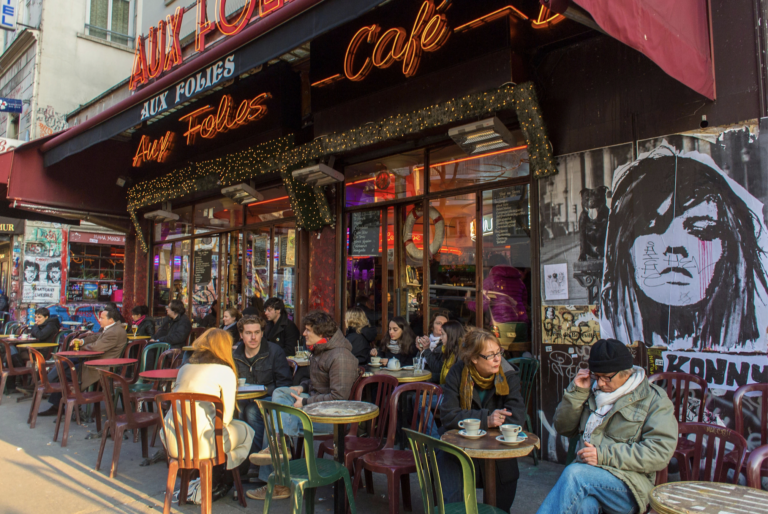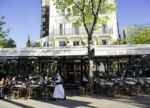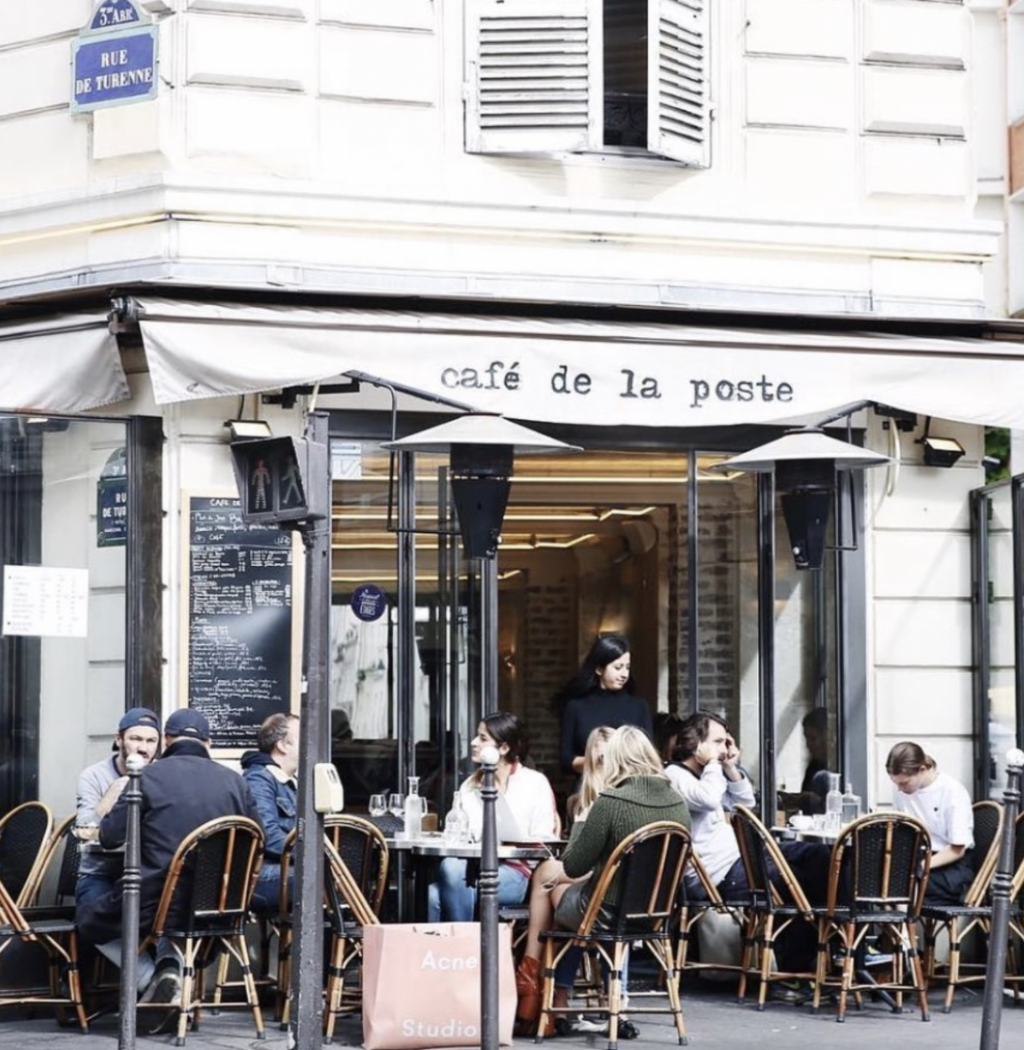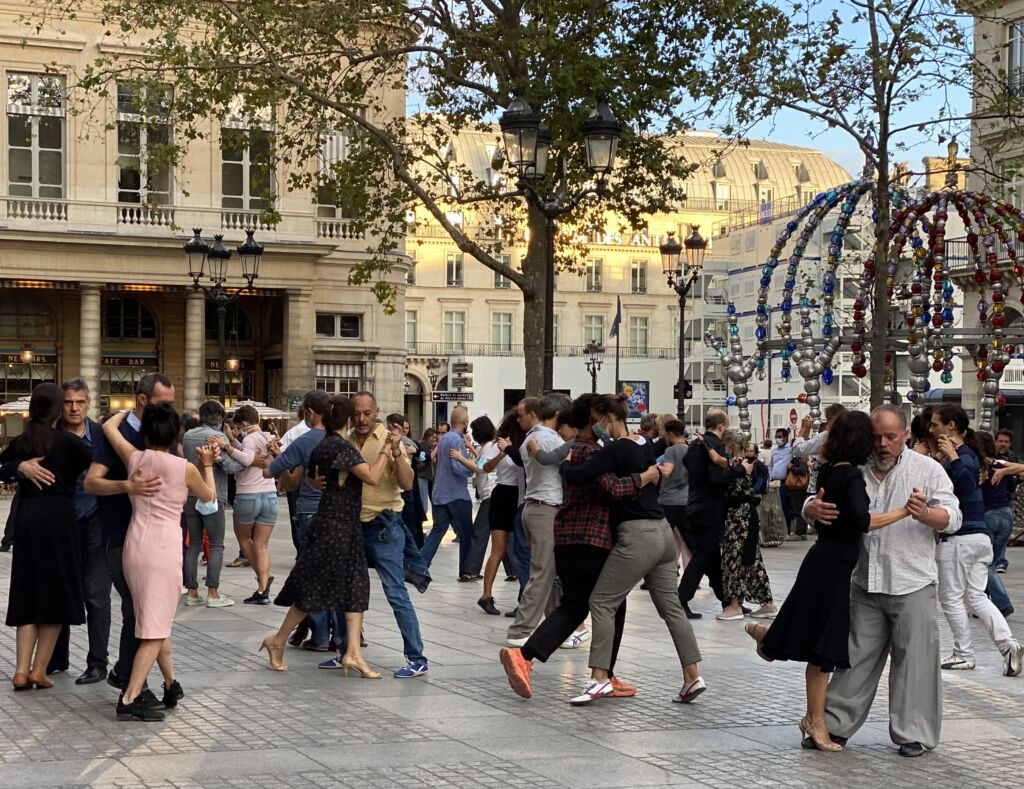In Paris, there’s no need to go to the theatre to experience a captivating show; the entire city becomes a stage. The art of “people watching” is a cherished activity practiced by the French, and during the summer season, it reaches its peak. The perfect pastime is sitting at a café, leisurely observing the spectacle. This cultural initiation begins at a young age and continues throughout life. In college, my friends and I would gather over coffees or glasses of wine engaging in gossip and meticulously scrutinizing passers-by. From the choice of sock colour (men wearing white socks was considered catastrophic then, as it is now, tell me if you see a man wearing white socks in the pictures below) to the application of makeup and the length of a woman’s skirt, every detail was meticulously noted and discussed.
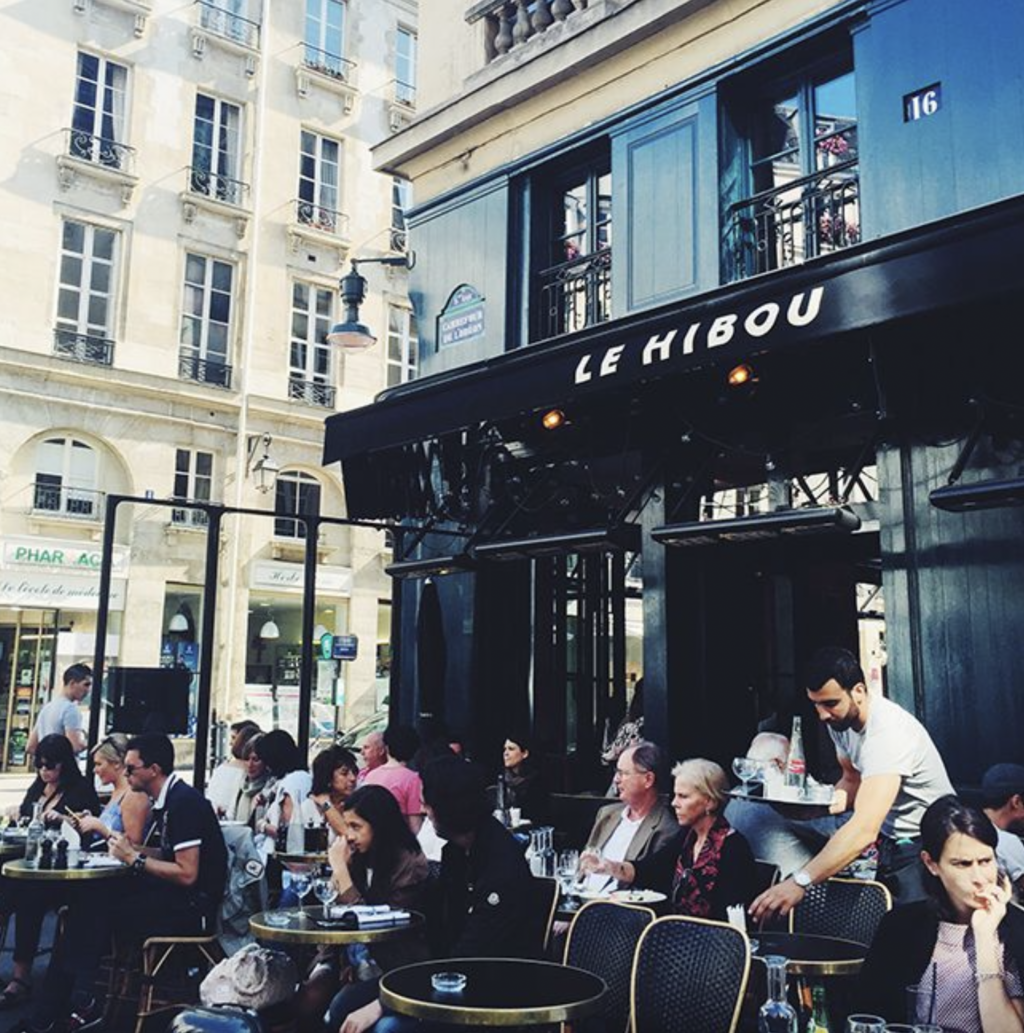
Another classic game I played with friends was to try and guess where people were from. American men were always easy to spot in their shorts. One thing that must be said about French men is that most of them wouldn’t be caught dead wearing a pair of shorts anywhere else but the seaside. When I was living in New York, I would walk my dog in Central Park every day and experience the seasonal waves of tourists. I could spot the French among them from a mile away: women with short hair, little to no makeup, and those unmistakably French glasses. Through practice, the art of observation became second nature. French people aren’t, however, known for their subtlety… I distinctly remember the way my grandmother used to look at people. When she would meet someone for the first time, she’d look them up and down, but her head would move at the same time as her eyes. Like my grandma, the years go by, and I continue to practice the art of people watching.
Yet people watching is so much more than an activity to indulge in when waiting for the waiter to bring over your espresso, it’s also a great source of inspiration. After all, the French are a people of analysis, reflection, and questioning. Legend has it that Jean Paul Gaultier would take to the streets of Paris to find inspiration for his new collections. It’s also thanks to this practice of observation that many of France’s most treasured works of literature were created; the flaneur, unique to this country and its artists, to whom Baudelaire alludes when dedicating a poem ‘To a Passer-By’:
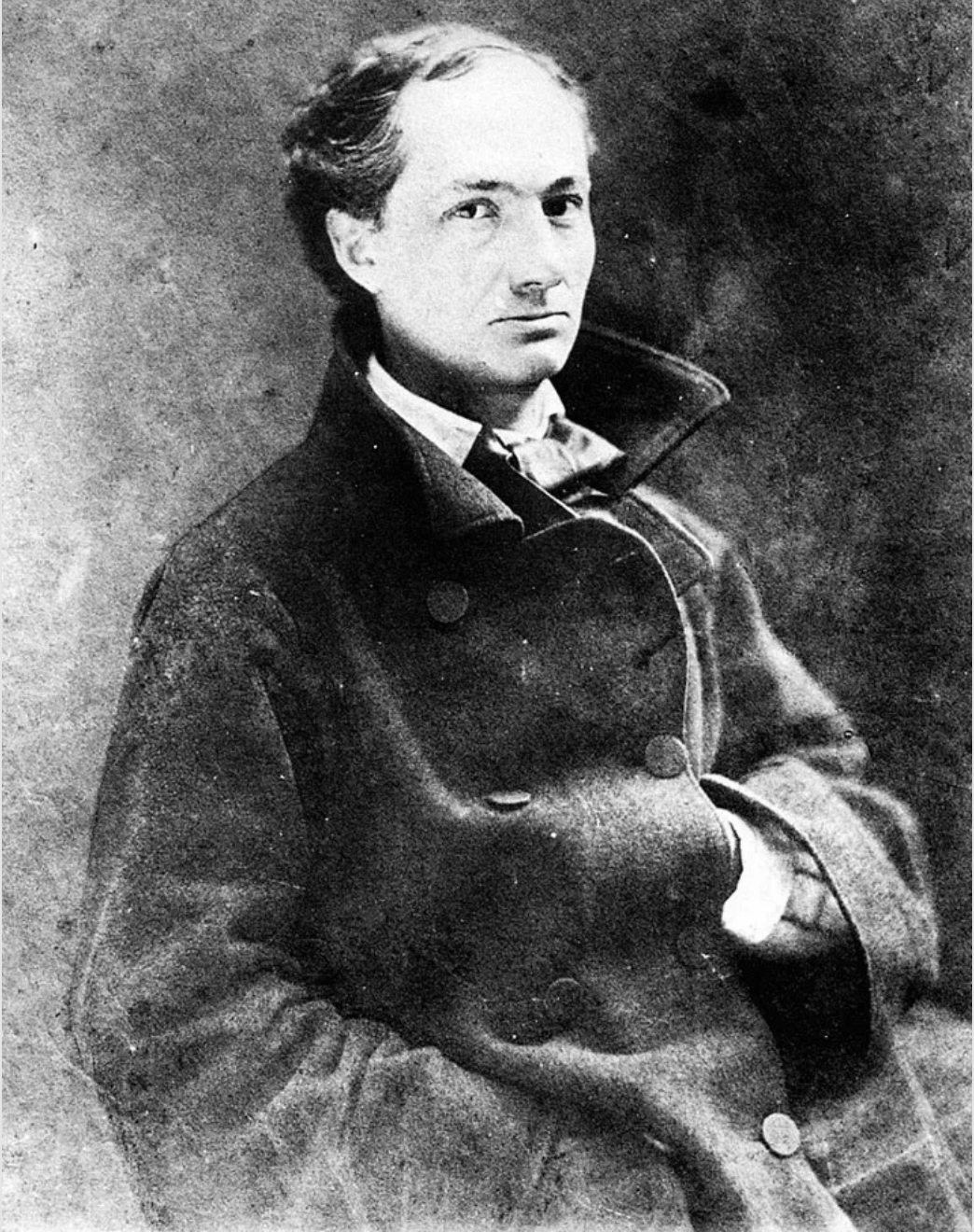
People watching is also this typically French reflection, this Baudelairian questioning: where is this woman from? What’s the relationship between the two people whispering to each other, sat between two glasses of wine? Or even, “Will I see you no more before eternity?”
Sitting alone or with friends at a terrace with a drink, a book, or both is also the best way to fall in love with Paris by observing the people that bring the city to life. In every neighborhood, you can become part of a different story.
In Belleville, for example, surrounded by eclectic outfits and daring style, it’s difficult not to feel behind on the trends.
On the opposite end of the scale, is the sixteenth arrondissement, which is the stomping ground for the preppy Parisians, or, as we like to call it in France, ‘bon chic bon genre’, which roughly translates to ‘chic and conservative’. Here, you’ll see women in classic outfits, accessorized with jewelry, handbags and carefully chosen pumps, walking so fast that you could almost believe they were born in high heels. If it’s avant-garde fashion you’re looking for, you won’t find it here.
Let’s make our way to the sixth district, then, a neighborhood which still exudes the artistic flair of its roots. Here, everything is elegant but relaxed. Bare-faced women wear comfortable outfits, but always include a detail which reflects the current trends, while men are dressed in tailored jackets and jeans, leaving center stage to a brightly coloured scarf.
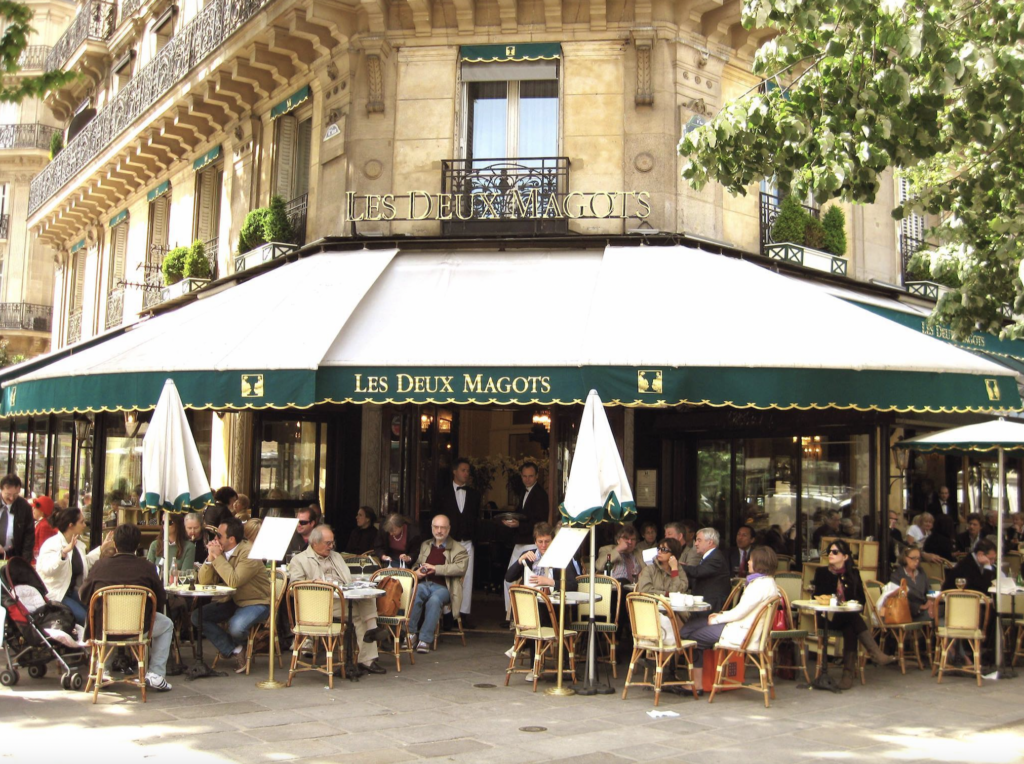
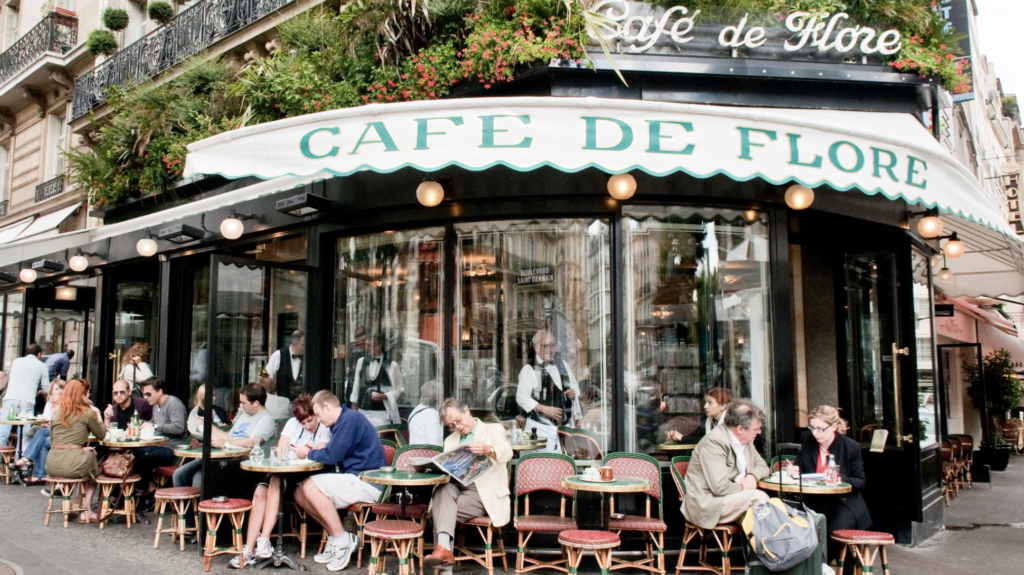
Our journey ends in the Marais. In this historic neighborhood filled will galleries, independent boutiques and not-to-be-missed falafel wraps, everyone is welcome, no matter your age, background, or sexuality. For the best seats to the show of Paris life, have a drink outside one of the brasseries of the Marais one evening. This super trendy neighborhood will keep you entertained in the art of people watching until last orders. If it’s French romance you’re looking for, head to the square of Place des Vosges. There, you’ll find all the lovers, although avoid people watching here if PDA isn’t your cup of tea. In Paris, everyone’s always in love, and not afraid to show it.
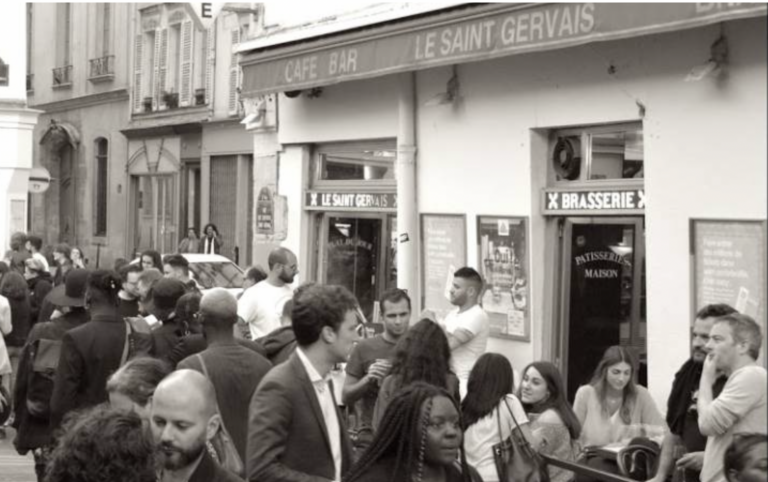
If you needed any more convincing, make your way to the Place Colette or Place St Sulpice at sunset. With a bit of luck, the square has been transformed into a dancefloor, and you’ll be met by couples of all ages dancing the paso doble.
It’s the little everyday observations like this which make the capital so unique. That’s why for me, there’s no better place to people watch than the ‘city of a hundred villages.’ What a beautiful performance Paris offers its inhabitants every day!
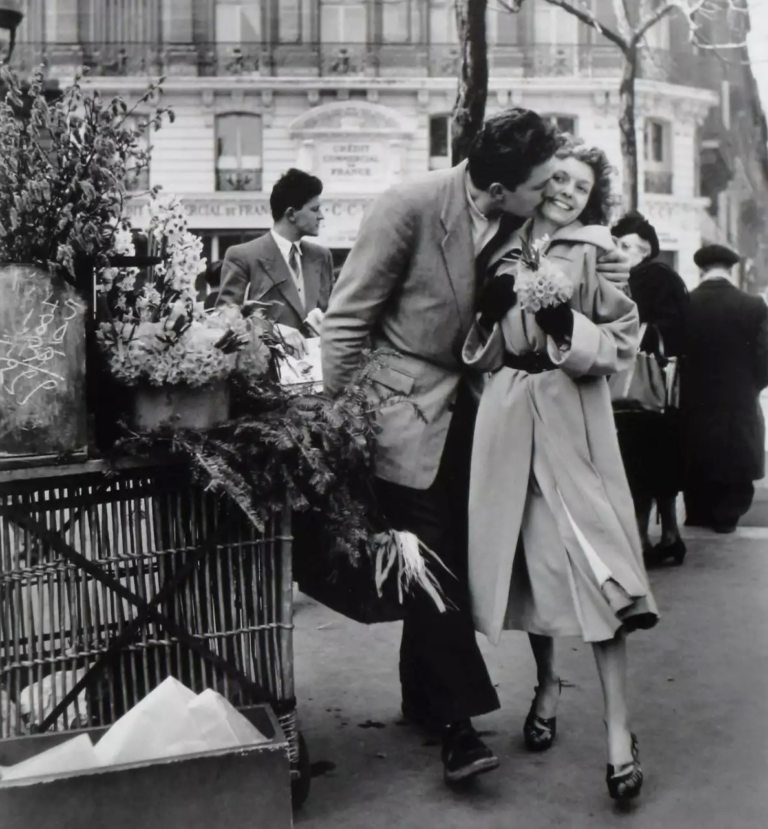
Further Reading
-
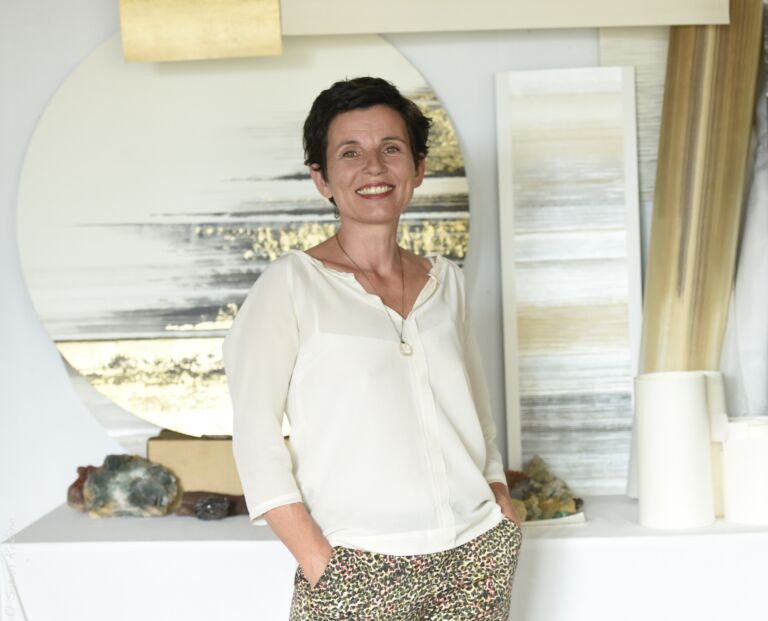
Caroline Besse: Life in Colour
Caroline Besse’s studio is truly constructed in her image. Here, serenity, generosity and creativity are all encompassing. The artist has created her own medium by harmoniously bringing together Western methods and oriental techniques on Japanese washi paper, Chinese ink, and paint created by crushed minerals. For the artist, color is at once ritualized and spiritual; it represents an emotion which is both entirely individual and universal. I met Caroline in Paris to discuss her artistic process, the unexpected twists and turns of life, and her favorite meal of sautéed celery.
Read more
-

Interior Design Trends: Fall-Winter 2022-2023
Over the last two years, our homes have become offices, spaces to entertain, and, with a bit of luck, sanctuaries. It isn’t so surprising, then, that we now feel the need for a bit of change, brought by touches of colour and texture. I went around Paris Déco Off and Maison & Objet to spot this season’s trends before they hit the showrooms and the living rooms and share my findings with you.
Read more

